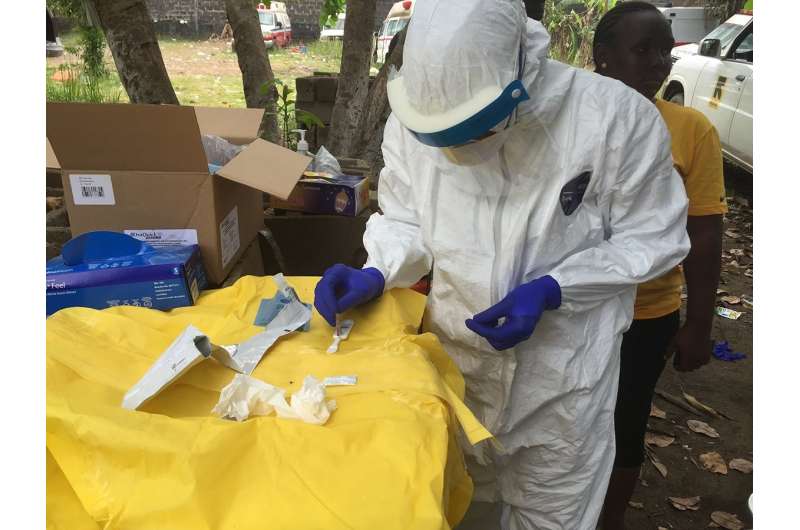Credit: Georgia State University
A mathematical epidemiology expert at Georgia State University School of Public Health has published a new framework for building mathematical models to better predict the trajectory of infectious disease outbreaks.
The framework, which uses time series data, is described and illustrated in the article "Fitting dynamic models to epidemic outbreaks with quantified uncertainty: A primer for parameter uncertainty, identifiability, and forecasts," published in Infectious Disease Modelling. The study's author is Dr. Gerardo Chowell, professor of epidemiology and biostatistics at Georgia State.
As epidemic threats increase, the public health community will rely more on mathematical models that can guide prevention and reaction strategies, Dr. Chowell said.
"As the recent 2013 – 2016 Ebola epidemic exemplified, an infectious disease outbreak often forces public health officials to make key decisions to mitigate the outbreak in a changing environment where multiple factors positively or negatively impact local disease transmission," he said.
The framework presented by Dr. Chowell also seeks to account for areas of uncertainty so that public health officials can better estimate disease transmission parameters, assess the impact of control interventions—such as vaccination campaigns—and evaluate how behavior changes affect transmission.
More information: Gerardo Chowell. Fitting dynamic models to epidemic outbreaks with quantified uncertainty: A primer for parameter uncertainty, identifiability, and forecasts, Infectious Disease Modelling (2017). DOI: 10.1016/j.idm.2017.08.001
Provided by Georgia State University






















